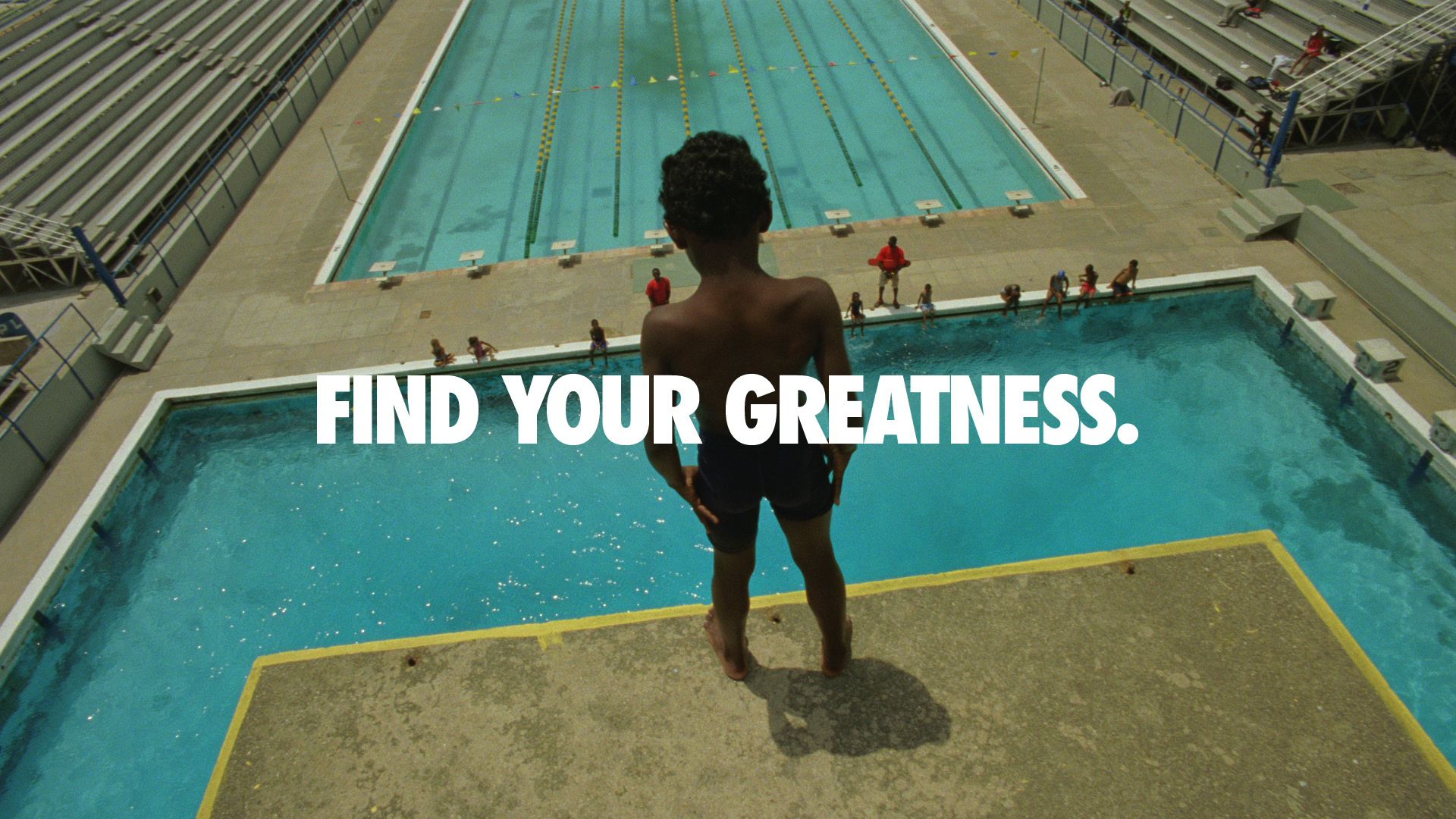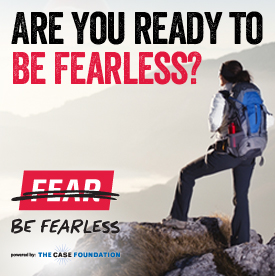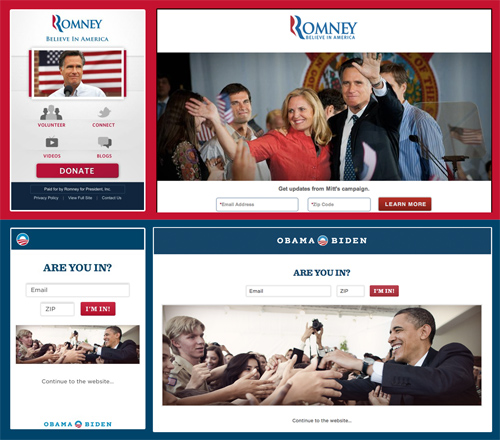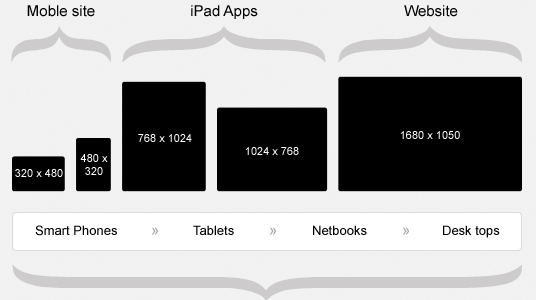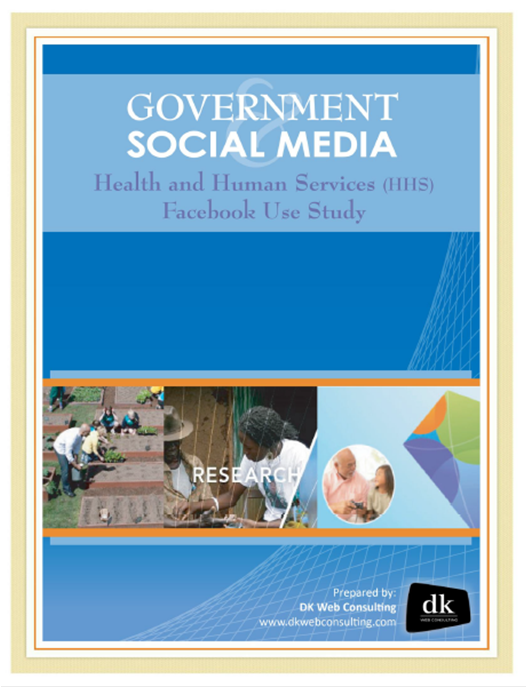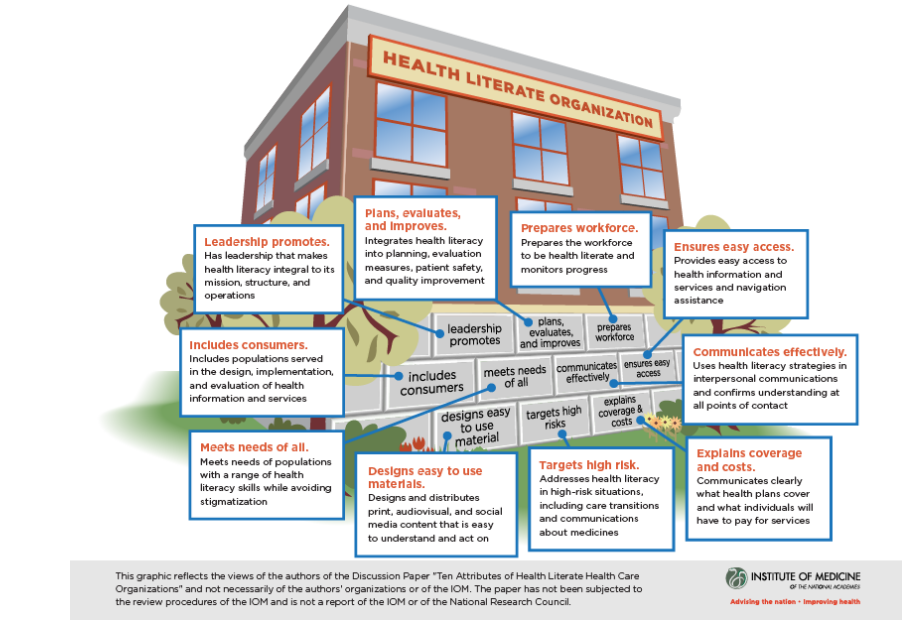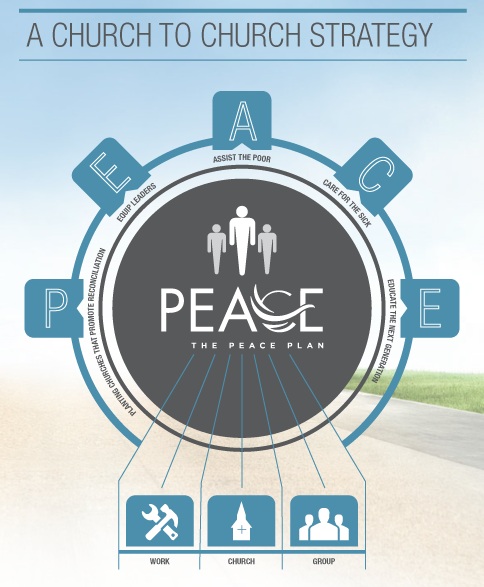
“The detached Don Drapers of the marketing world cannot simply rely on creating deep and lofty brand awareness campaigns any longer,” says cofounder and CEO of HubSpot Brian Halligan. He’s right. This mantra not only applies to Madison Avenue, but also within the ivory towers of public health creatives as well.
There’s more.
“Marketing campaigns are not about winning awards for creative, building the flashiest websites, gaming Google for higher rankings, generating mounds of media coverage, or negotiating the lowest cost per thousand (CPM) in order to interrupt the largest audience. The job of a marketing agency is to produce results that impact the bottom line.” This from Paul Roetzer of PR20/20 in his new book, The Marketing Agency Blueprint.
Can we get an amen?
Serving the Bottom Line
Though both gentlemen talk more so about agencies serving the private sector, parallels to the public sector are easily made. Instead of being satisfied with awareness measures of reach and impressions, let’s aim for game changing results and talk about how our efforts result in:
- connections created
- behavior changed
- knowledge increased
- attitude influenced
- policy adjusted
To do so, we need to evolve the traditional mass media campaign model into one that serves the bottom line. Because even once you reach someone with your campaign, then what?
 Broadcast on Blast
Broadcast on Blast
Building a bridge between awareness and action has been an ongoing pain point in public health and social change efforts. Using the mass media model, we’re really good at broadcasting our messages to reach people–often talking at them instead of with them. Yet even once reached, we stop the conversation.
At the CDC conference in August, some of my favorite brainiacs came together (shout out to Andre Blackman, Doug Weinbrenner, Nedra Weinreich, Jay Bernhardt and Mike Newton-Ward). We got into a conversation about “dosage.” Sure, that has to do with making an impact. But we also need to help voices be heard, information be shared and communities be built. For fellow theory-loving junkies, it’s about taking into consideration the whole social-ecological model.
Getting Our Hands Dirty
Traditional mass media models that follow TV PSAs, direct mail, radio announcements and the like allow us to safely distance ourselves from the nitty-gritty hard work of transforming our world. It puts us a hands distance from actually interacting with and serving our people. It’s time to roll up our sleeves.
Our work is no longer about building a one-and-done campaign, but about creating shared experiences and building movements. To build bridges, we have to walk side-by-side with those we want to not only reach, but truly engage.
Shifting Evidence
When you look at data such as knowing that 80% of U.S. adults look for health information online, 50% own smartphones, 20% or more own tablet devices and 10% have already downloaded a health app, you see a shift is occurring in how people are finding, using and sharing information. This demands that we too much shift our approach.
In May, I presented to the Metropolitan Washington Public Health Association on how new patterns and trends in communication offer new opportunities in engaging people in public health efforts. This shift isn’t about technology, but about people. People, empowered by digital media, can help evolve a campaign into a cause.
The presentation below presents three examples of how social media in particular can evolve a campaign into cause. Since I presented during National Women’s Health Week, this presentation focuses more so on this particular population.
The Social Media Shift: From Campaign to Cause from Alex Bornkessel
During the presentation, I shared additional data points on how positioning a public health effort as a cause when working with women can be especially effective. If you’re interested in this additional information, send an email to abornkessel@fly4change.com.
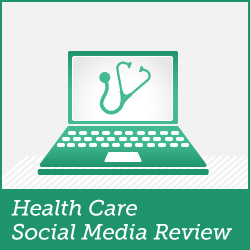 On Wednesday, Oct. 17, SocialButterfly will host the HealthCare Social Media Review—the peer reviewed blog carnival for everyone interested in health care social media. Given almost 90% of adults struggle with finding and using everyday health information–and since October is Health Literacy Month, this edition will focus on how we can better address health and digital literacy using social media tools.
On Wednesday, Oct. 17, SocialButterfly will host the HealthCare Social Media Review—the peer reviewed blog carnival for everyone interested in health care social media. Given almost 90% of adults struggle with finding and using everyday health information–and since October is Health Literacy Month, this edition will focus on how we can better address health and digital literacy using social media tools.